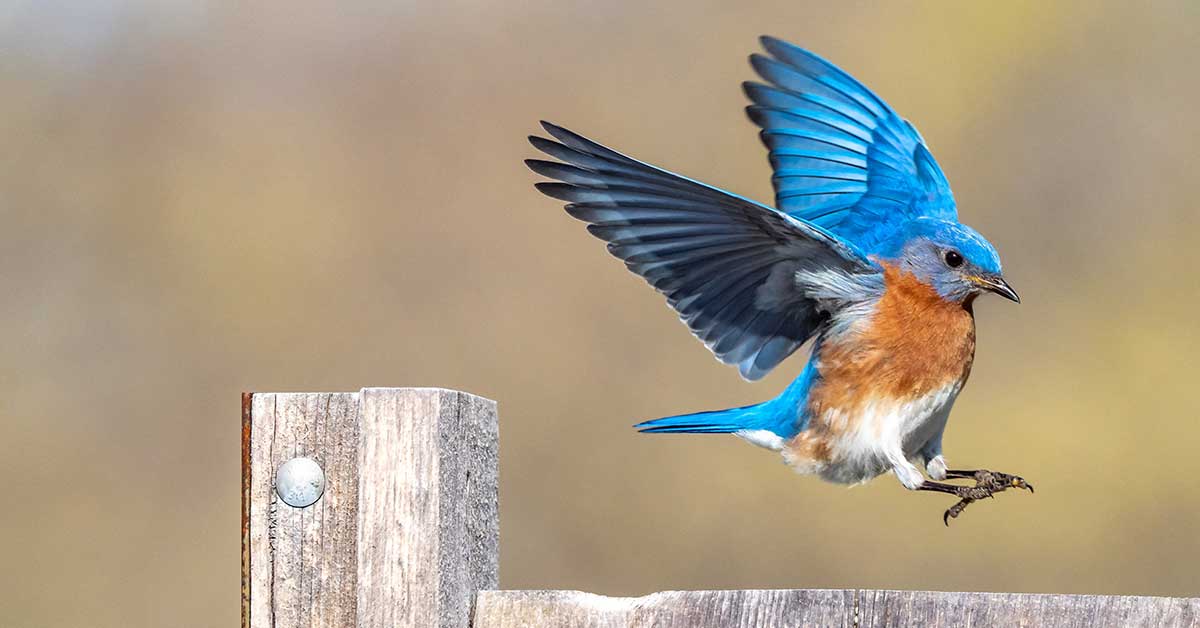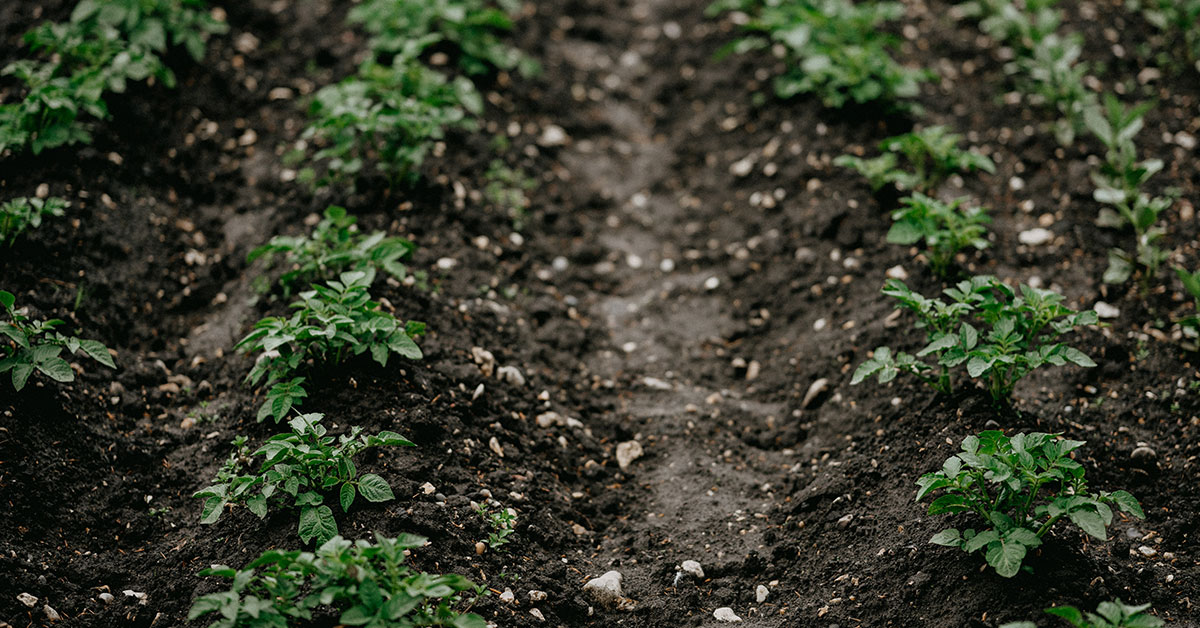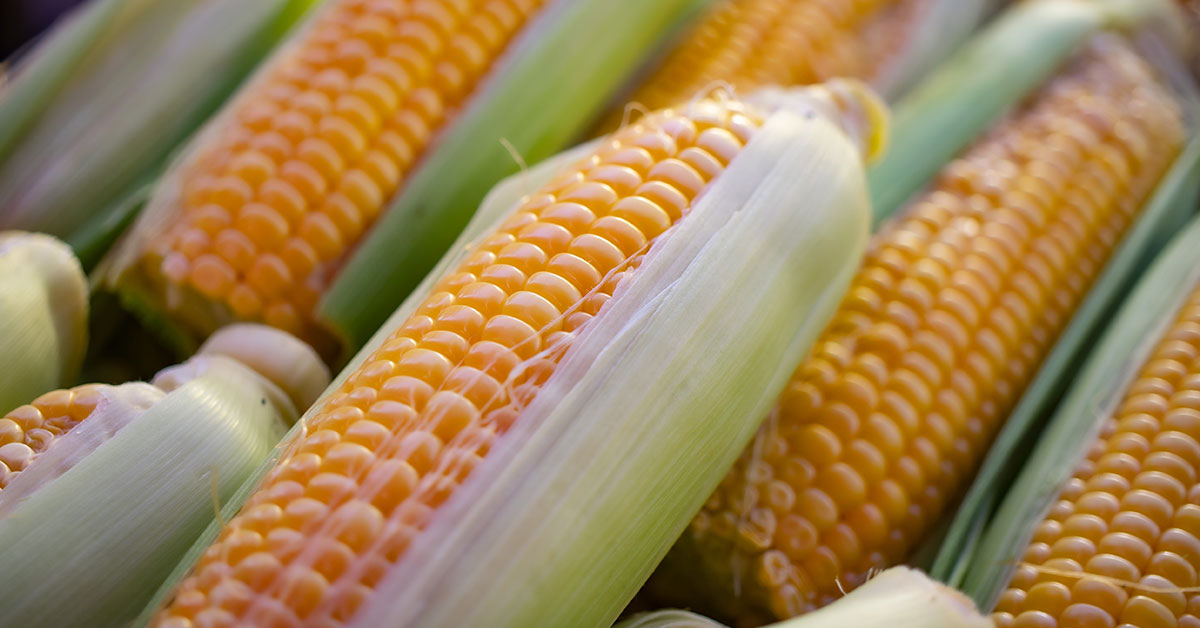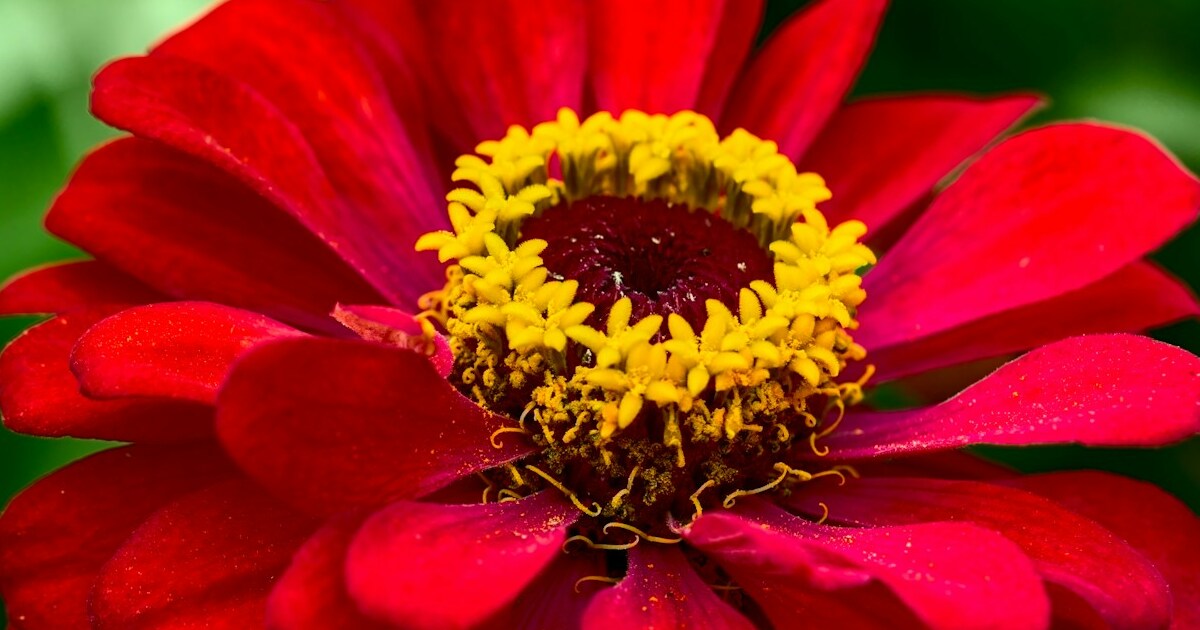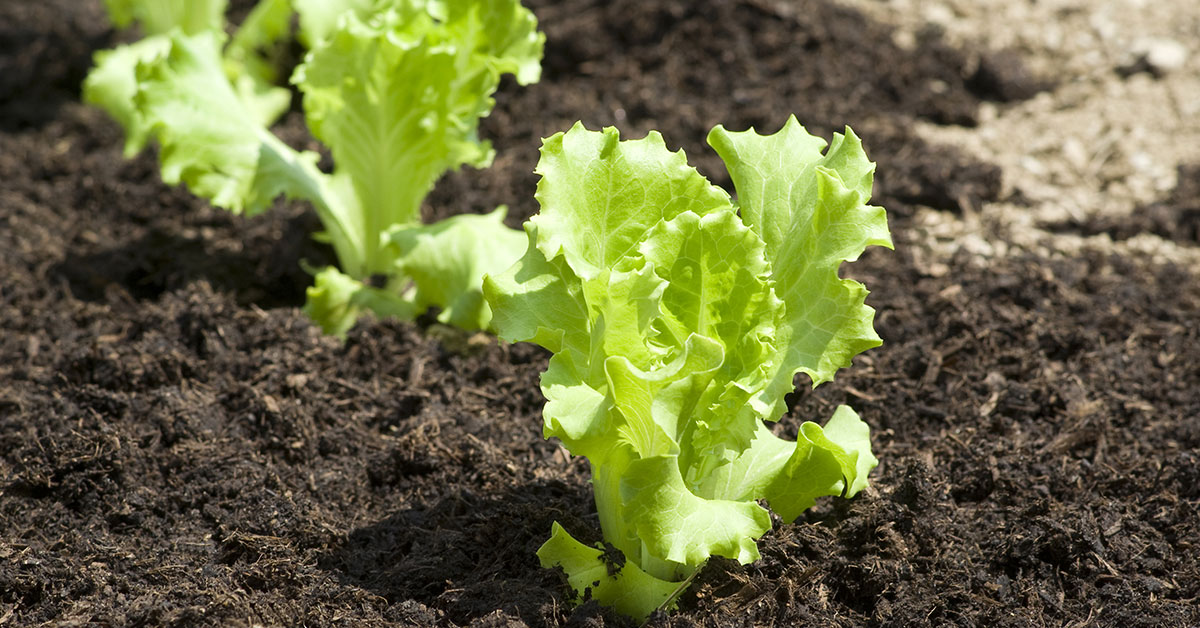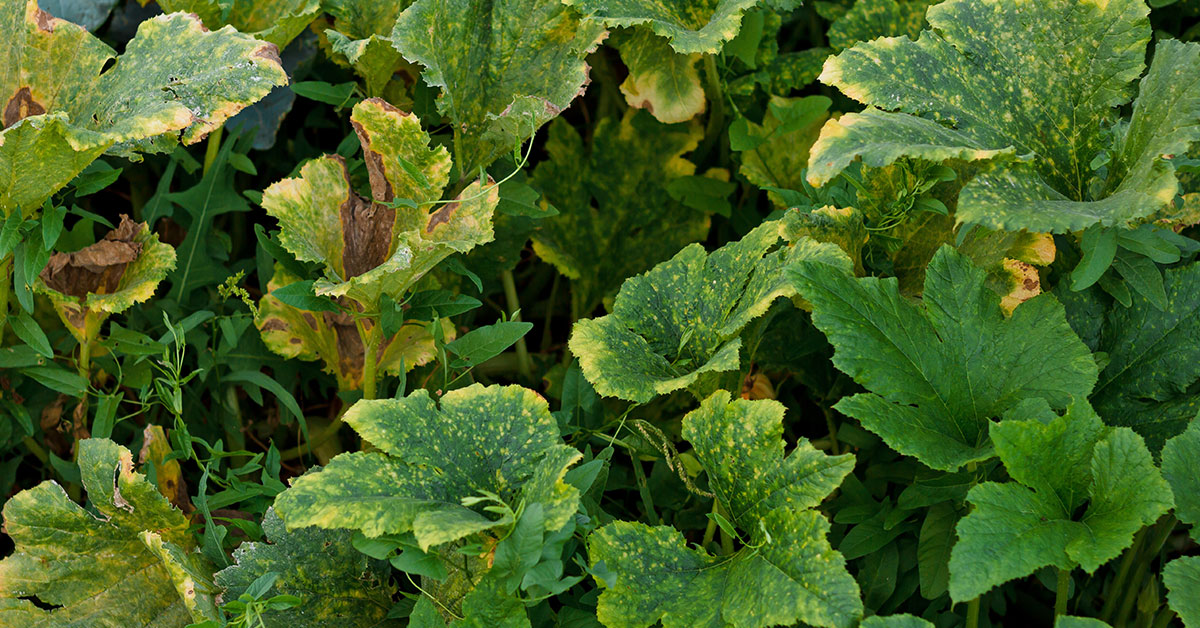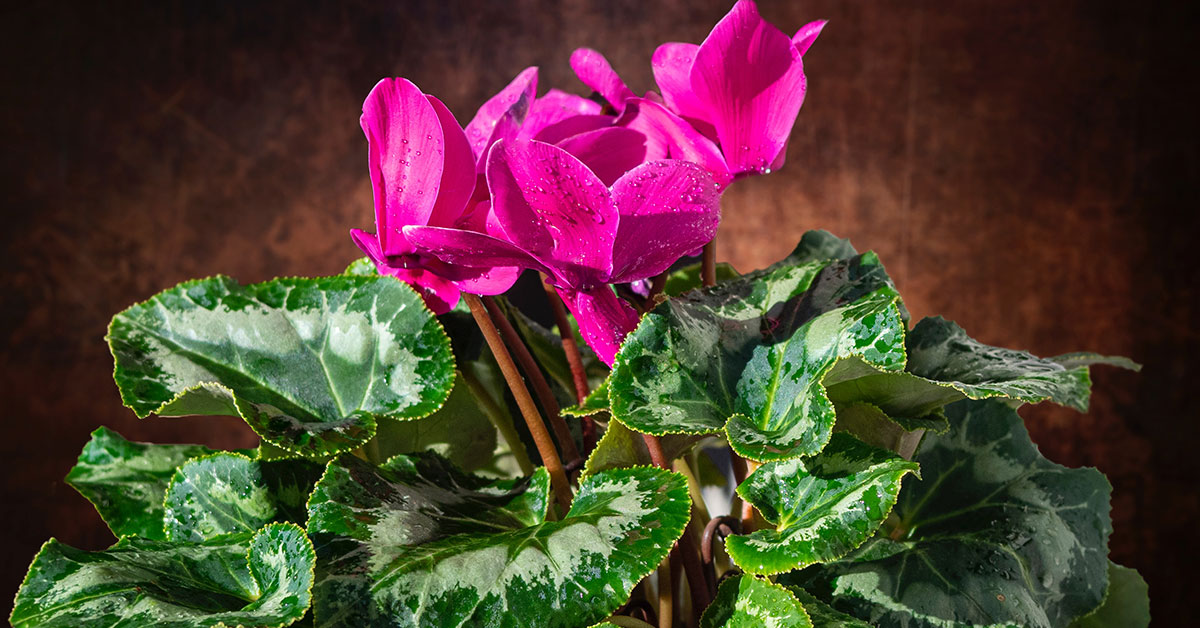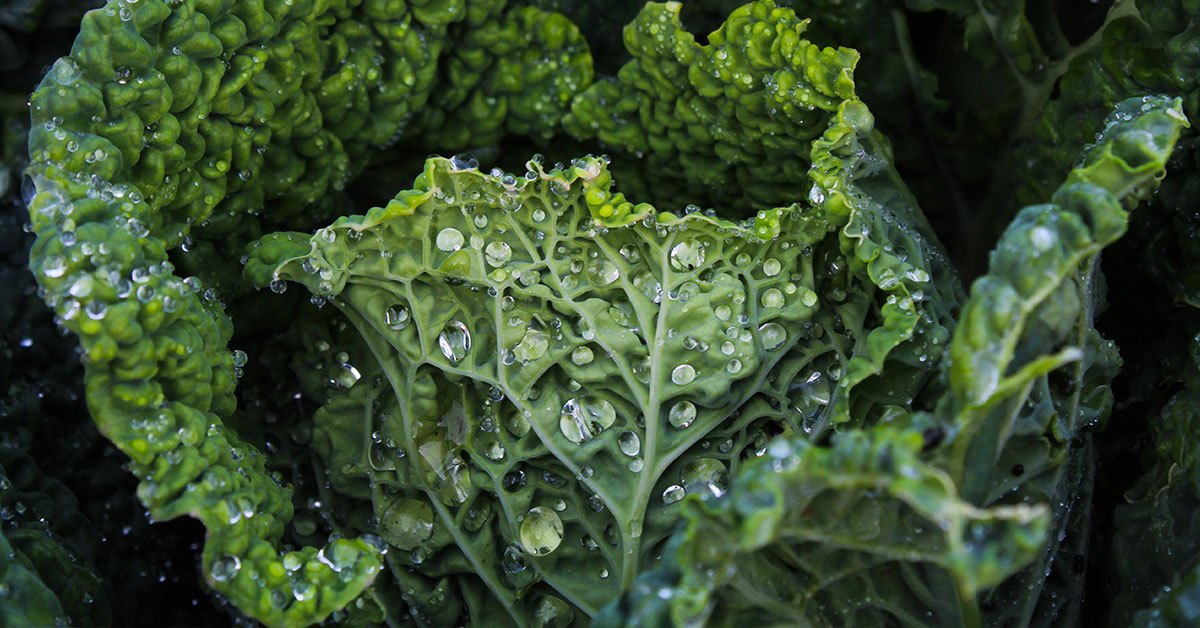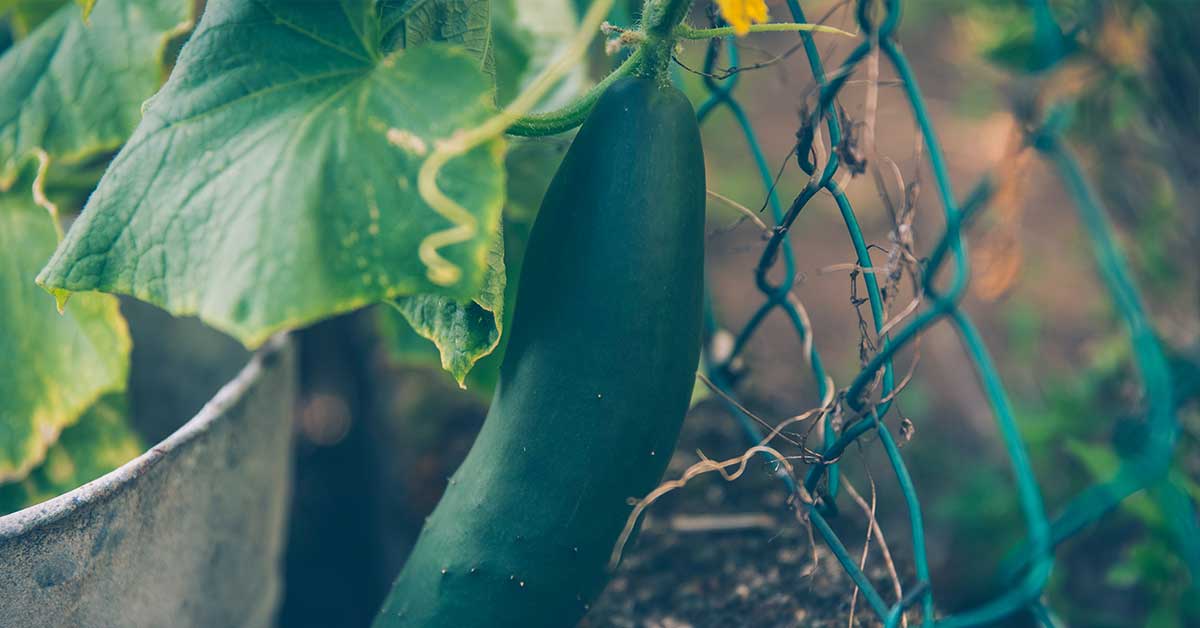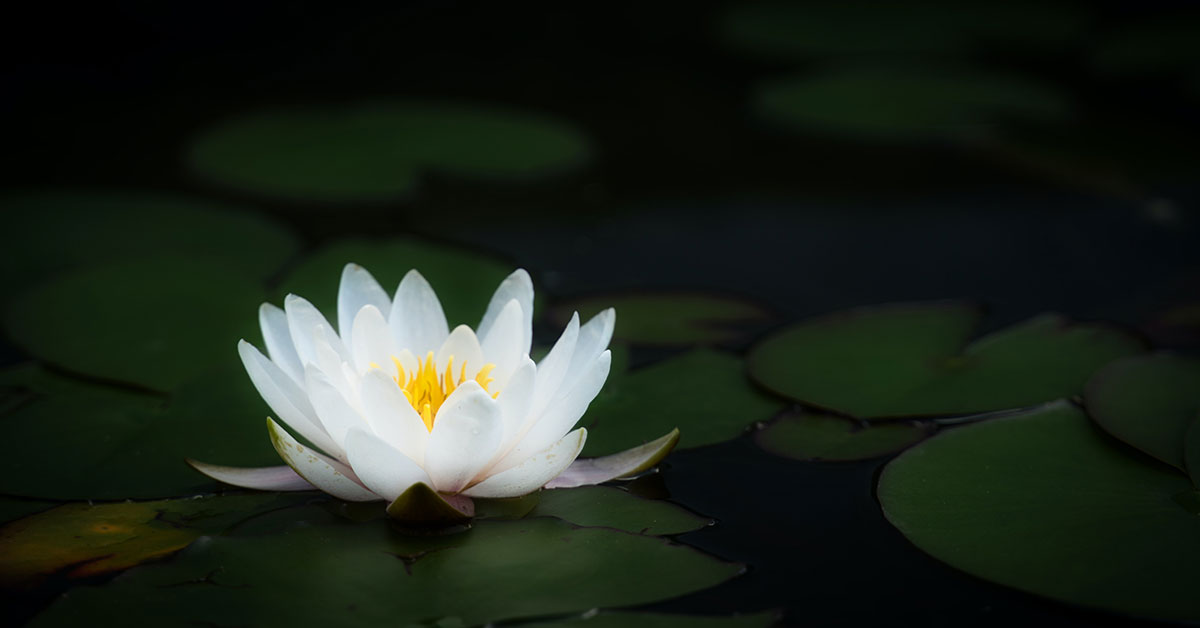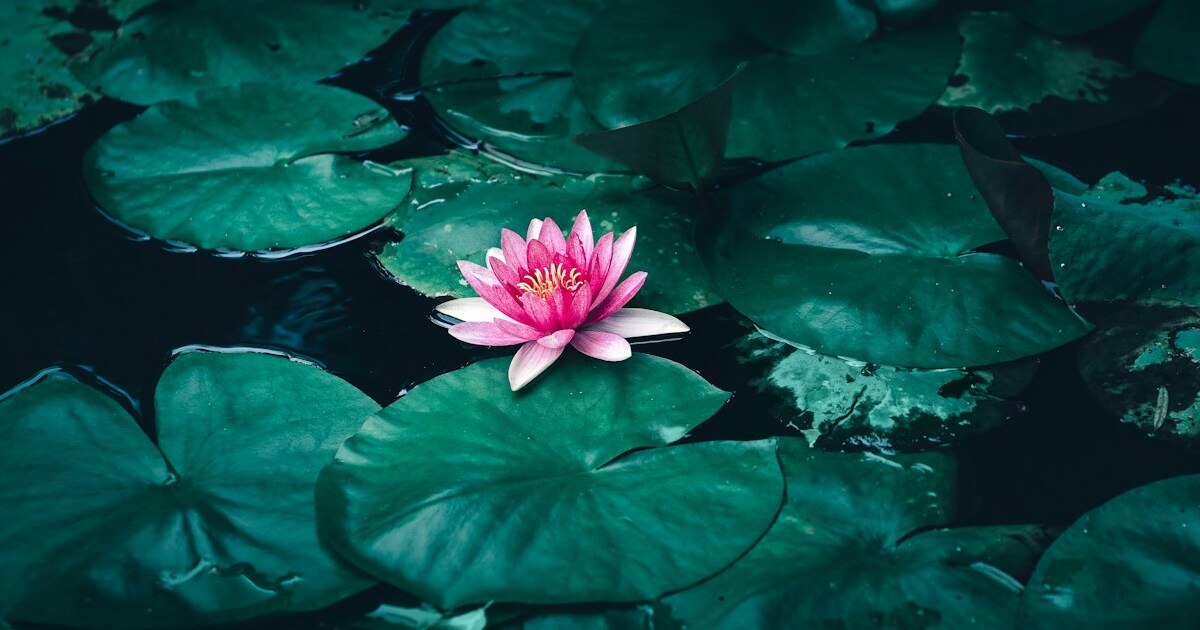Birds are more than just charming visitors flitting through your garden—they’re dynamic partners in keeping your outdoor oasis healthy and vibrant. Their songs herald the change of seasons, their foraging habits keep pest populations in check, and their nesting behaviors create pockets of life that draw even more wildlife to your backyard. As a passionate gardener, I’ve found that welcoming feathered friends transforms routine garden tasks into a living, breathing ecosystem performance!
If you’ve ever felt frustrated by aphid outbreaks or longed for the cheerful trills of spring mornings, you’re in good company. I know how disheartening it can be to battle pests or muffle the silence of a birdless dawn. That’s why I’m thrilled to share ten benefits of having birds around in your garden—complete with tips on how to attract them, insights into their nesting and foraging rituals, and even plant suggestions (with their native origins and invasiveness status) to make your garden feather-friendly.
Biodiversity Support
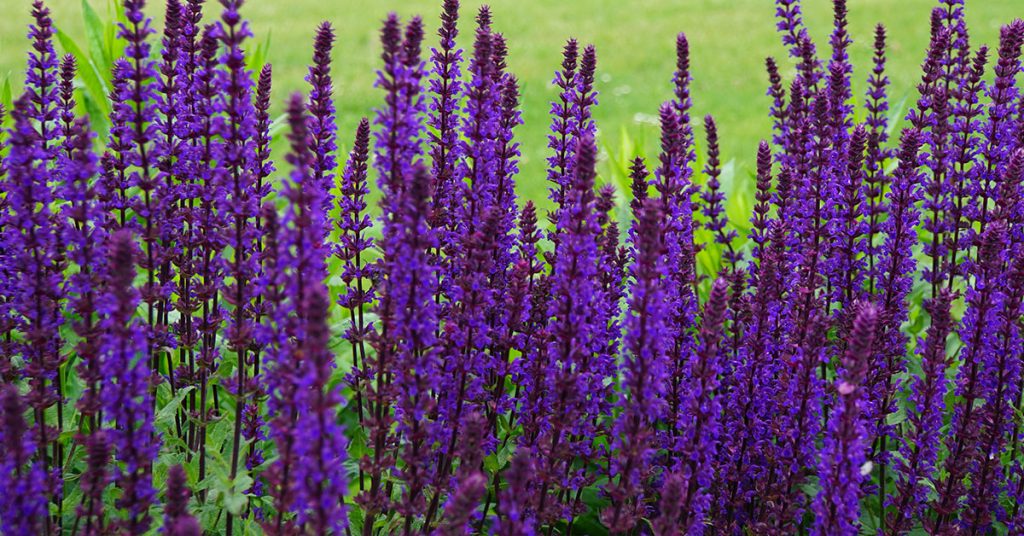
Encouraging birds enhances your garden’s species richness. Each bird species has unique dietary and nesting needs—hummingbirds sip nectar from salvias (Salvia greggii, native to the southern U.S. and Mexico, non-invasive), while towhees scratch leaf litter hunting seeds. I’ve planted a variety of native salvias and grasses like little bluestem (Schizachyrium scoparium, native to North America, non-invasive) to accommodate diverse bird communities!
The result is a balanced ecosystem where plants, pollinators, and predators interact seamlessly. That biodiverse network naturally suppresses pests, bolsters soil health, and delivers more pollination services for your flowers!
Natural Pest Control
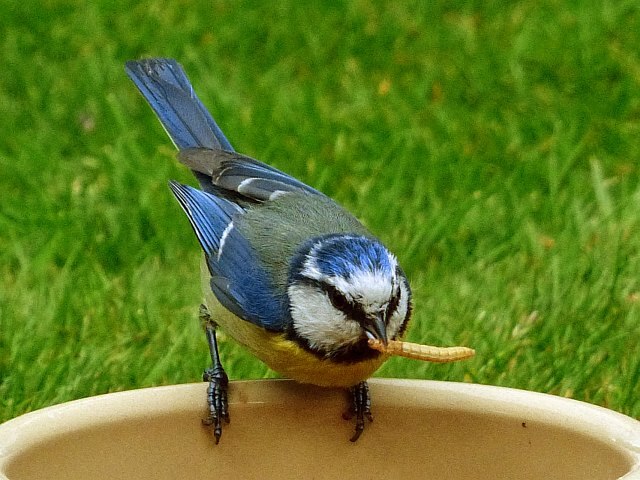
Many songbirds delight in snacking on garden pests such as caterpillars, aphids, and beetles. A pair of chickadees can consume hundreds of insects daily while feeding hungry nestlings in early summer! To welcome them, I planted native goldenrod (Solidago canadensis, native to North America, can be weedy but manageable when contained), which draws caterpillars and, in turn, attracts insect-hungry warblers and orioles.
Their foraging keeps pest outbreaks at bay without a drop of chemical spray. Plus, watching their agile swoops between stems is endlessly entertaining—no pesticide label comes with such a delightful performance!
Seedling Protection and Regrowth

While some birds nibble seedlings, many species pick off only weeds and pest larvae, giving your young plants a fighting chance. Chickadees and grosbeaks, for instance, often glean grasshoppers from among tender lettuce or marigold transplants. I once fretted over little robins in my veggie patch—until I realized they were singing while precisely snatching cutworms before they ate my seedlings!
Providing a mesh row cover at night and removing it by day lets beneficial bird activity continue unimpeded. Your garden gains pest control and you keep every emerging sprout safe!
Educational Opportunities

Inviting birds into your garden opens doors to lifelong learning. You’ll discover different nesting strategies—from hummingbirds weaving hanging cups to sparrows tucking concealed nests in dense shrubs. I encourage kids and neighbors to help monitor nest boxes I’ve hung in serviceberry trees (Amelanchier alnifolia, native to North America, non-invasive), sparking a love for nature and citizen science!
Keeping a simple journal of which species visit and when can deepen your understanding of migration patterns and ecology. It’s incredibly rewarding to identify a first spring warbler or chart the return of hummingbirds to your feeders year after year.
Soil Fertility and Nutrient Cycling
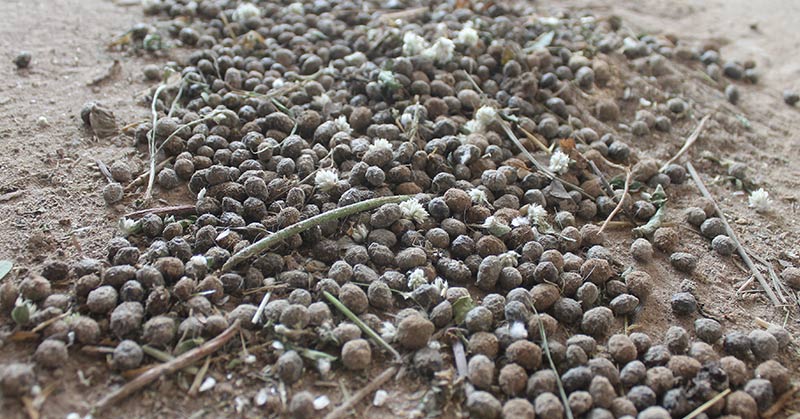
Bird droppings are a natural fertilizer, rich in nitrogen and phosphorus—key nutrients for healthy blooms. Perching areas near sunflowers or zinnias (Zinnia elegans, native to Mexico, non-invasive) become mini “compost zones,” where small amounts of guano nourish the soil below. I installed a simple wooden perch beside my biggest flower bed and noticed greener foliage the following week!
These nutrient hotspots reduce your need for commercial fertilizers and support robust root development. It’s a zero-cost gift from your garden’s feathered caretakers!
Stress Relief and Well-Being

Watching a cardinal hop along your feeder can melt away the day’s worries. Observing birds engage in playful chasing or careful nest-building offers a moment of mindfulness that’s hard to beat! I often pause my weeding just to listen to a finch’s sweet song or watch a wren flit through my oregano (Origanum vulgare, native to Europe and Asia, non-invasive), which provides both cover and insects for nesting material.
Research shows that birdwatching reduces stress hormones and improves mood—and I can attest to that firsthand after a long day of pruning! Creating a quiet bird corner with native plants like elderberry (Sambucus canadensis, native to eastern North America, non-invasive) gives both you and your avian neighbors a serene retreat for mutual rejuvenation.
Garden Health Indicator
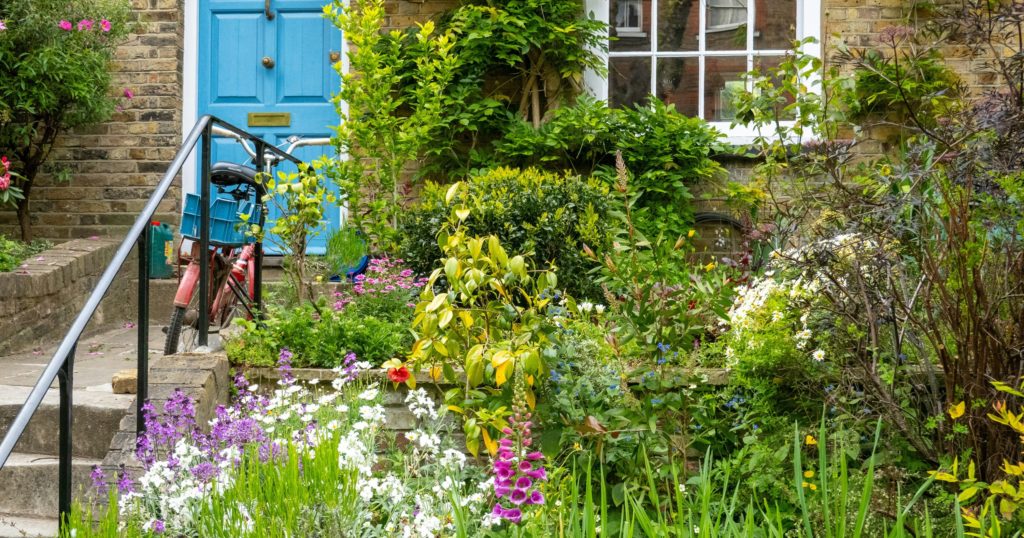
Birds are sensitive to environmental changes, so their presence—or absence—can signal your garden’s overall health. A steady chorus of robins and wrens indicates clean water sources, abundant insects, and healthy plant cover. When I noticed fewer warblers in my yard, I realized that an overuse of mulch had reduced insect habitat, prompting me to leave some bare soil patches for ground-nesters.
By tuning into those population shifts, you can spot early signs of pesticide overuse, pollution, or habitat loss—giving you the chance to correct course before major issues arise.
Seed Dispersal and Plant Propagation
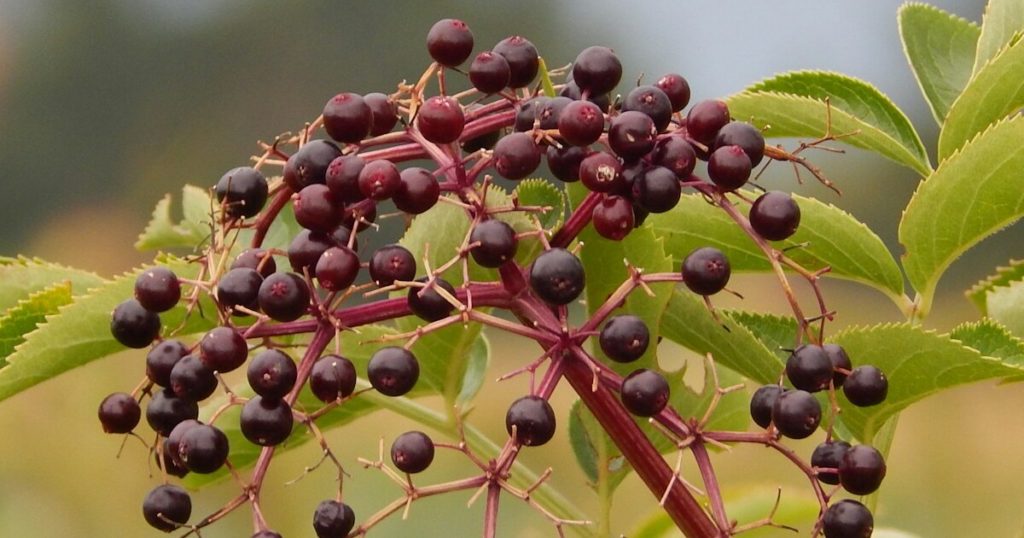
Fruit-eating birds like cedar waxwings play a crucial role in spreading seeds across your landscape. When you grow native elderberry or berry-producing viburnums (Viburnum dentatum, native to eastern North America, non-invasive), you’re not only providing food but also facilitating the next generation of plants! Watching flocks swoop in to feast and later find saplings sprouting elsewhere is garden magic at its finest.
Those volunteer seedlings can fill bare spots with native diversity, reducing your workload and promoting a self-sustaining habitat. I love stumbling upon a young elderberry sprout that owes its existence to last year’s waxwing banquet!
Wildlife Habitat Enhancement
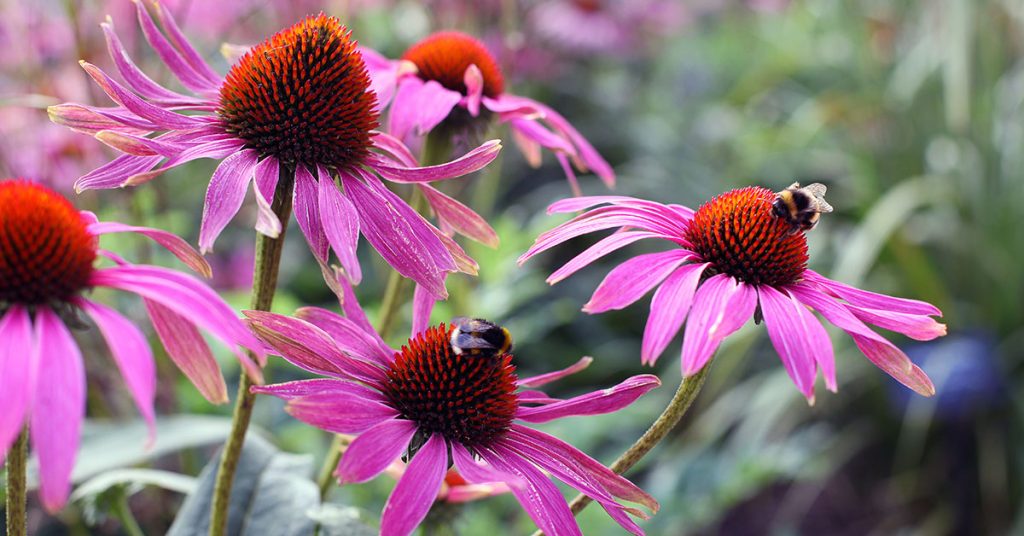
Beyond feeding and nesting, birds contribute to a multilayered habitat that benefits amphibians, insects, and small mammals. I installed a shallow water dish with pebbles, and soon bluebirds and robins were bathing and drinking, drawing dragonflies and frogs who patrol for mosquitoes. Planting a mix of native coneflowers (Echinacea purpurea, native to North America, non-invasive) and yarrow (Achillea millefolium, native to the Northern Hemisphere, can spread but not aggressively invasive) creates sheltered zones perfect for nesting and cover.
These microhabitats knit together a rich tapestry of life, turning a simple flower bed into a mini-wildlife refuge where every creature plays a part!
Birdsong Ambiance and Aesthetic Joy

Finally, there’s the sheer delight of birdsong—a living soundtrack that elevates every garden stroll. The warbling of thrushes at dawn or the cheerful chatter of finches while you weed adds an emotional lift that no decorative element can match. I often leave my pruning tools aside just to listen to a morning chorus atop my lavender (Lavandula angustifolia, native to the Mediterranean, non-invasive) drifts!
That vibrant ambiance invites family and friends to linger longer, turning your garden into a sanctuary of sound as well as sight. When blooms and birds combine, you get a full sensory experience that warms the heart and invigorates the spirit!


